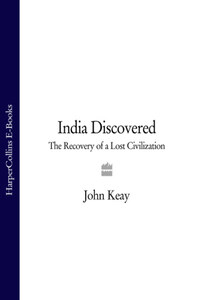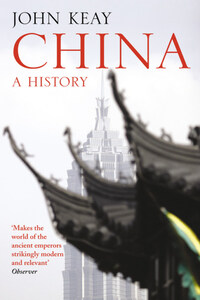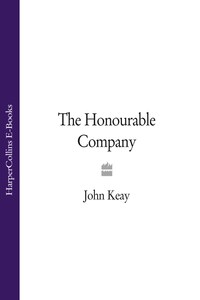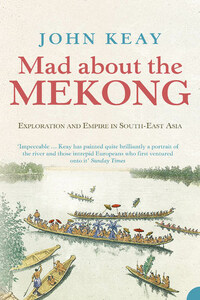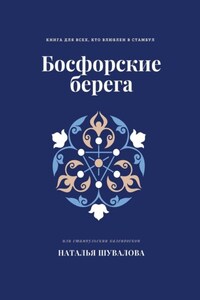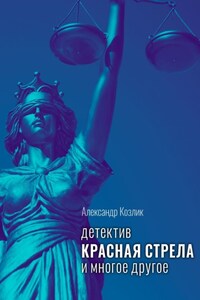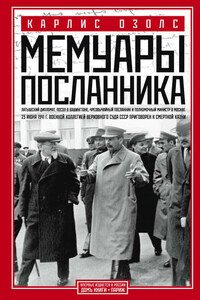INDIA
DISCOVERED
The Recovery of a Lost Civilization
JOHN KEAY
HarperCollinsPublishers 1 London Bridge Street, London SE1 9GF
www.harpercollins.co.uk
First published in Great Britain in 1981
First published in paperback by William Collins 1988
Copyright © John Keay 1981
The Author asserts the moral right to be identified as the author of this work
All rights reserved under International and Pan-American Copyright Conventions. By payment of the required fees, you have been granted the non-exclusive, non-transferable right to access and read the text of this e-book on-screen. No part of this text may be reproduced, transmitted, downloaded, decompiled, reverse engineered, or stored in or introduced into any information storage and retrieval system, in any form or by any means, whether electronic or mechanical, now known or hereinafter invented, without the express written permission of HarperCollins e-books.
HarperCollinsPublishers has made every reasonable effort to ensure that any picture content and written content in this ebook has been included or removed in accordance with the contractual and technological constraints in operation at the time of publication.
Source ISBN: 9780007123001
Ebook Edition © OCTOBER 2010 ISBN: 9780007399642
Version: 2015-06-17
1. Aurangzeb’s mosque above Panchganga.
2. James Prinsep with Hindu pandits, Sanskrit College, Benares.
3. The rock of Girnar.
4. The temples of Mahabalipuram.
5. Cave temples of western India.
6. The stupas of Sanchi.
7. The ruined temple of Boddh Gaya.
8. A Buddhist stupa railing at Mathura.
9. The Buddha.
10. A Boddhisattva.
11. The temple complex of Khajuraho.
12. Carving at Khajuraho.
13. The festival of Jagannath at Puri.
14. Colin Mackenzie at work.
15. Bishop Heber’s drawing of Amber palace.
16. Gwalior, the ‘Gibraltar of India’.
17. The Qutb mosque.
18. Shah Jehan’s Jama Masjid.
19. The tomb of Humayun in Delhi.
20. The Taj Mahal in Agra.
21. The Sanchi torso.
22. The wall paintings in the caves of Ajanta.
23. A scene depicting ‘The Temptation’ in Ajanta Cave.
24. Colonel James Tod. 25. Colonel Colin Mackenzie. 26. E. B. Havell. 27. Sir William Jones. 28. Lord Curzon. 29. B. H. Hodgson. 30. General Sir Alexander Cunningham. 31. Sir George Everest by William Tayler.
32. Mohenjo-daro Giri.
33. Seals from the Indus Valley civilization.
The author and publisher are grateful to the following for their kind permission to reproduce the above illustrations: the India Office Library, British Museum for nos. 1–5, 7, 11, 13–16, 19, 22, 25–30; the Victoria … Albert Museum for nos. 6, 9, 17, 18, 23 and 24; the British Museum for nos. 10 and 33; the Werner Forman Archive, London for no. 12; the British Architectural Library, RIBA for no. 20; the National Portrait Gallery no. 31; and the National Museum, New Delhi for no. 32. Illustration no. 8 is reproduced from Archaeological Survey of India, Report of a Tour in the Central Provinces Lower Gangetic Doab 1880–81 by Alexander Cunningham, Vol. XVII, Plate xxi.
Some day the whole story of British Indology will be told and that will assuredly make a glorious, fascinating and inspiring narrative.
A. J. Arberry, British Orientalists (1943)
Two hundred years ago India was the land of the fabulous and fantastic, the ‘Exotic East’. Travellers returned with tales of marble palaces with gilded domes, of kings who weighed themselves in gold, and of dusky maidens dripping with pearls and rubies. Before this sumptuous backdrop passed elephants, tigers and unicorns, snake charmers and sword swallowers, pedlars of reincarnation and magic, long-haired ascetics on beds of nails, widows leaping into the pyre. It was like some glorious and glittering circus – spectacular, exciting, but a little unreal.
Now, in place of the circus, we have the museum. India is a supreme cultural experience. Instead of the rough and tumble of the big top, we have meditation and the subtle notes of the sitar. It is temples and tombs, erotic sculpture, forlorn palaces and miniature masterpieces. Hinduism is studied in deadly earnest; the ascetic no longer needs a bed of nails to ensure an audience. Even the elephants and tigers have become too important to be fun; they too must be carefully studied and preserved.
